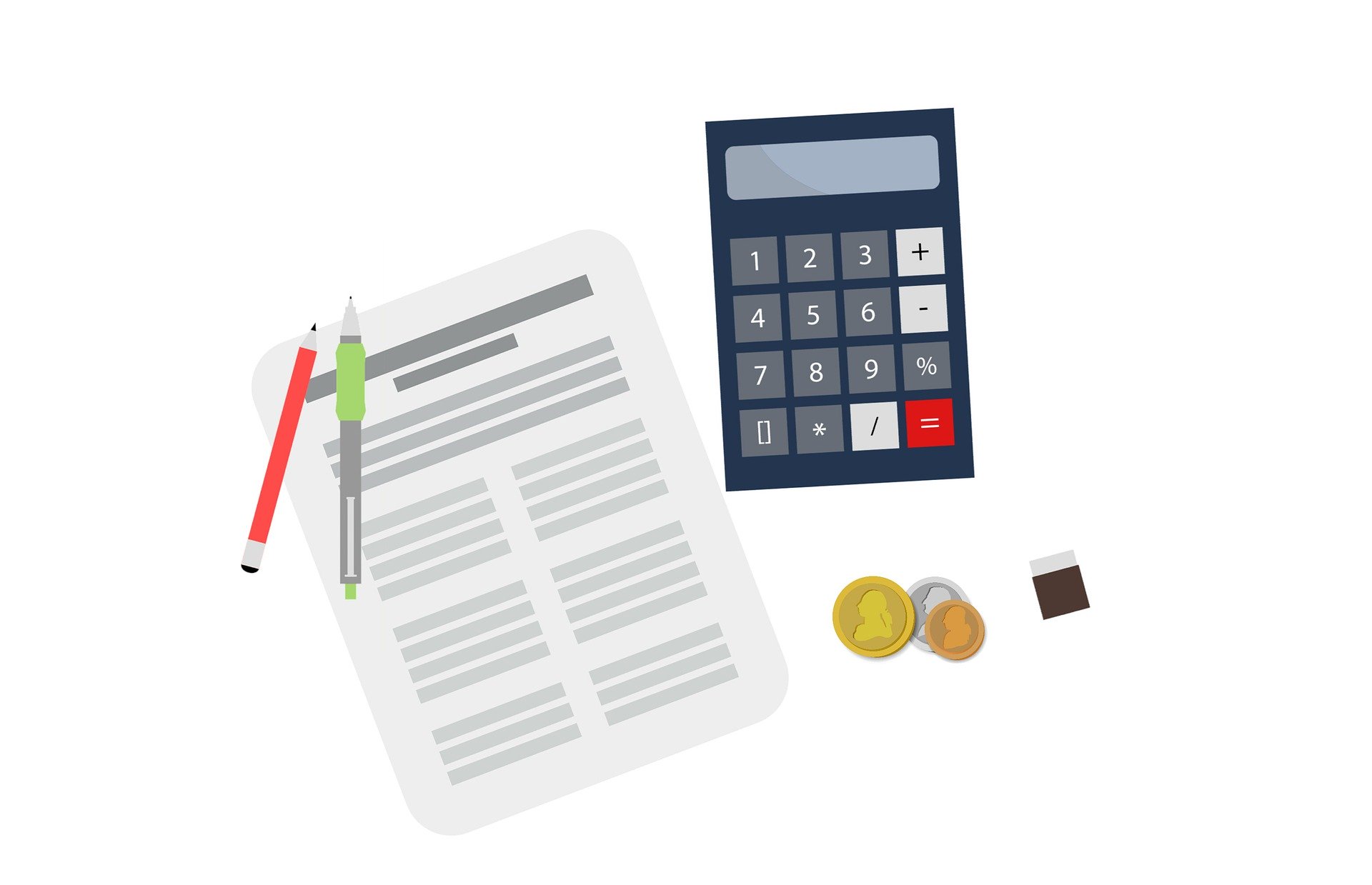Save Income Tax in a legit way:
“Income tax returns are the most imaginative fiction being written today.”–Herman Wou
Given a choice, most of us would not want to pay tax on the income we earn, as to why should we part away with a portion of our hard-earned money? But as citizens, we are also consumers of the country’s public infrastructure and facilities, and income tax is an important source of revenue for the government. So, it is our duty and responsibility to contribute towards building and maintaining the country’s infrastructure. While the government expects us to pay income tax, they have also created some provisions to incentivize taxpayers to park their income to cover future risk & plan for retirement.
So, today we are going to cover some of the popular IT sections & Schemes underneath it which allow intelligently parking your money and also get the benefit of not paying taxes.
Watch out my video on Instagram under section #MoneyMantraWithJhilmil and do follow me!
Read more about Instant personal Loan apps and Gold loans!
How to save Income Tax in India, under the IT Act, 1961:
A] Extensively covered Section 80C: with a Limit of 1.5 Lakh:
1. Public Provident Fund (PPF)
PPF is a long term investment backed by the Government of India. A maximum of 1.5 lakhs can be deposited in 1 year and it has a lock-in period of 15 years. However partial withdrawal is allowed after 7 years. The Interest earned is tax-free and it is an ideal instrument for the private-sector employees & freelancers to build a retirement corpus.
2. Equity Linked Saving Schemes (ELSS)
For medium risk-takers, ELSS is a very good option. ELSS is a special type of mutual fund scheme with a lock-in period of 3 years. Most of the AMC’s offer such ELSS plans and the historic values returns are around 15-17%. The returns and capital gains are tax-free.
Here are some of the advantages of ELSS and the benefits of investing in ELSS funds:
- The Income earned at the end of the 3-year tenure is also exempted from taxation if it is under Rs.1 lakh but any income over Rs.1 lakh is taxable at 10% under Long-Term Capital Gains (LTCG) tax.
- This tax-saving instrument is one of the highest return yielding product
- Lock-in period of 3 years is the lowest amongst the tax-saving investments
- You can invest via SIPs also to avail the tax benefits
3. Tax-saver FDs:
5-year “Tax saver” FDs are wonderful low-risk products. It is a bank FD with a lock-in period of 5 years. Though the interest earned is better than many other traditional instruments, but the interest earned at the end of 5 years is fully taxable.
4. Life Insurance Premium:
Primarily anyone who has a family to support should buy a life insurance policy. To encourage such habits, the government has allowed that the premium paid towards such policies will be deducted from your income before calculating tax liability. So, the gross total income gets reduced by the premium amount and in turn, it reduces the tax liability.
5. Unit Linked Insurance Plan (ULIP):
We can say that ULIP’s are a combination of investment and insurance, with a lock-in period of 5 years. When you buy a ULIP, the insurance company invests a part of your premium in bonds or shares. The remaining amount is used to provide coverage. So, you get the benefits of Insurance coverage and also have a chance to earn some returns. Further, the premium you pay towards your policy and even the returns earned at the time of maturity is tax-free. So, depending upon the scheme the returns can range from 5% to 11%.
6. Sukanya Samridhi Scheme:
If you’re a parent of a girl child, then this is something for you to cheer up! To encourage families to build the corpus for their girl child’s’ education and marriage, the government had come up with this scheme in 2015. It offers higher interests as compared to the bank FDs and also the Interest here is tax-free.
- Parents of a girl child below the age of 10years can avail this scheme.
- But the exit can happen only after 21 years from the date of opening this account or until the girl marries after turning 18.
- The account allows 50% withdrawal at the age of 18 for higher education purposes.
7. Home Loan Repayment:
The Principal amount paid as EMI for your first home can be claimed under deductions, under this IT Act.

B] Under Section 80D:
Medical Insurance Premium:
Premium paid towards Medical insurance is exempted up to INR 25000. In addition, covering your senior citizen parents allows an additional exemption of up to Rs 50,000 towards senior citizens. So, you can avail a combined deduction up to Rs 75,000 per annum under the Premiums paid towards Medical Insurance.
Apart from premium, payment made for preventive health-check ups are also covered under this section. In totality, you can claim deductions up to 1lacs under Section 80D.
Section 80D of Income Tax offers a deduction over & above to the deductions under Section 80C
C] Under Section24:
Deduction up to Rs. 2 lakh for the interest component paid by on the First home loan if any, can be claimed under this section.
D] Section 80G :
Good deeds never get unnoticed. Hence donations to registered entities are usually eligible for deductions. Some donations towards charity, relief funds, can be claimed as a deduction. A few donations, like Prime Minister’s National Relief Fund, are eligible for 100% deduction, while most of the other donations are Eligible for 50% deductions.
Contributions made to certain relief funds and charitable institutions can be claimed as a deduction under Section 80G of the Income Tax Act. All donations, however, are not eligible for deductions under section 80G. Only donations made to prescribed funds qualify as a deduction. You can check out the whole list of entities eligible for 100% / 50% deductions here .
- This deduction can be claimed by any taxpayer, i.e an individual, or even a company.
- This deduction can only be claimed only when the contribution has been made via cheque or draft or in cash. Contributions in-kind such as food, material, clothes, medicines, do not qualify for deduction under section 80G.
E] Section 80E:
If you have taken an education loan for self or kids then this section ensures that all the interest paid in EMI towards this loan can be claimed for deduction (with no upper limit).
F] Section 80CC [National Pension System]
- A deduction for investment up to Rs. 50,000 in NPS (Tier I account) is available. An additional Rs.50,000 deduction limit can be availed over and above the deduction limit allowed under Section 80C of the Income Tax Act, 1961.
- NPS is a good scheme for planning the retirement corpus early on and with low-risk profile individuals who retire from private-sector jobs.
- It offers 8-12 % returns by allowing a part of the investment in equity market & balance in government securities.
If an individual has savings or investments of Rs. 1,50,000 under Section 80C (excluding their contribution to National Pension Scheme), then they can show their contribution to the National Pension System (NPS) under Section 80CCD(1B), up to a maximum of Rs.50,000. This is over the Rs1.5lakh limit allowed under Section 80C.
Here is the summary of sections:
| Sections | What they deal in | Exemption limit |
| 80D | Health insurance premiums | Up to ₹60,000 ( Premium paid for health insurance for self-spouse-child- ₹25,000 Senior citizen parents or self –₹30,000) |
| 80DD | Expenses on a handicapped dependent | Disability up to 80% – ₹75,000 (fixed) Severe disabilities – ₹1.25 lakhs (fixed) |
| 80DDB | Treatment of specified illnesses | Age up to 60 years – up to ₹40,000 From 60-80 years – up to ₹60,000 Age above 80 years – up to ₹80,000 |
| 80E | Education loan interest payment | Nil. Actual interest paid |
| 80EE | Home loan interest payment for first-time home-owners | Up to ₹50,000 |
| 80G | Donations to approved charitable institutes | 50% or 100% of the amount donated |
| 80GG | Rent paid by employees not having HRA | Lower of the following –
|
| 80GGB and 80GGC | Contributions made to a political party by companies and individuals respectively | Nil. 100% actual contribution made only by other than cash. |
| 80TTA | Saving account interest | ₹10,000 |
| 80U | Handicapped tax-payers can claim this deduction | ₹75,000 (fixed). For severe disabilities ₹1.25 lakhs (fixed) |
| 80RRB | Royalty or patent income | Up to ₹3 lakhs |
And lastly, don’t forget to claim under deduction for the expenses which you have already incurred in the form of House rent, Children’s education fees, Saving account interest.
After all, a penny saved is a penny earned. I hope these ways to save Income Tax in India are beneficial.
Much love,






This is quite interesting. Many people just know about 80C but don’t know that there are other sections where people can save tax. Also, I’m a firm believer that Financial literacy is quite low in India.
True, people are not aware about other sections. True Atul, this is the reason, why I have initiated this series. Thanks:)